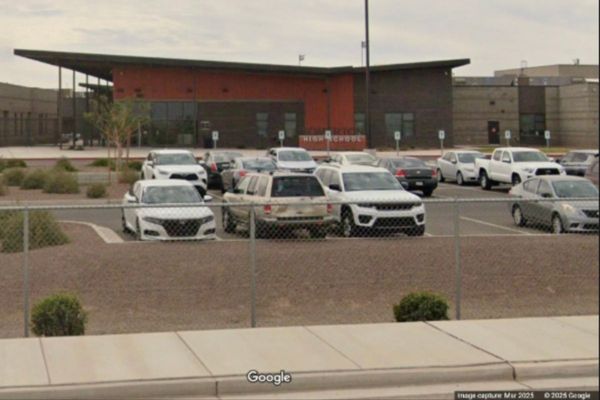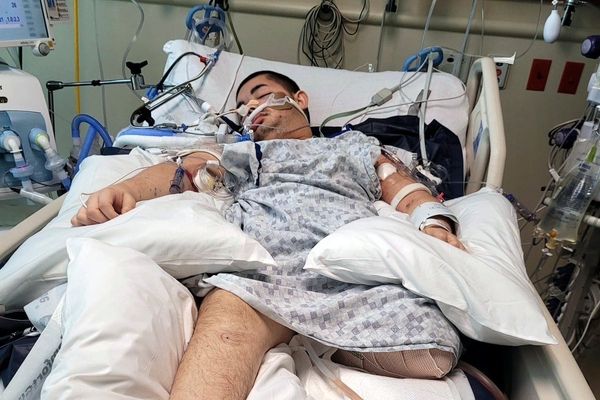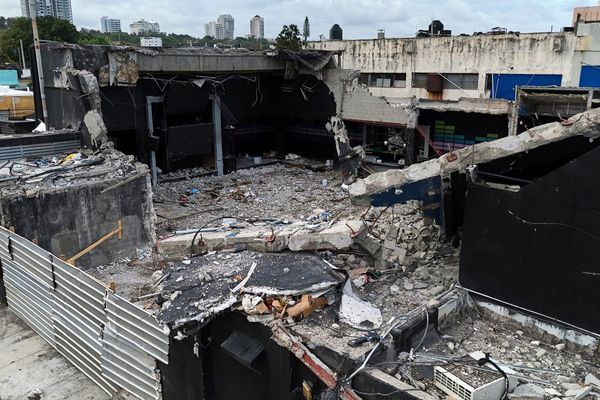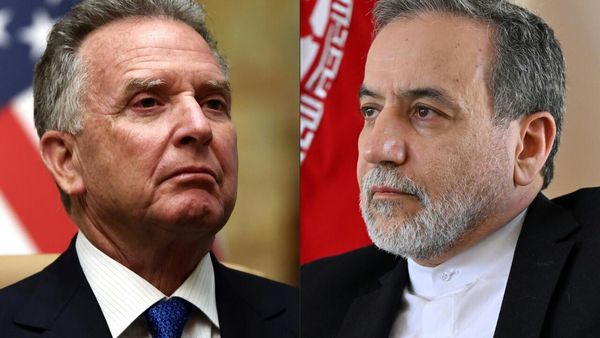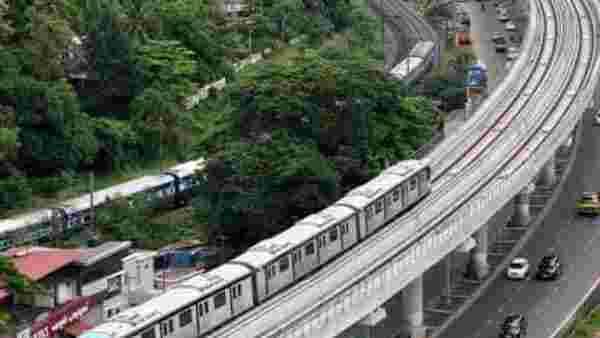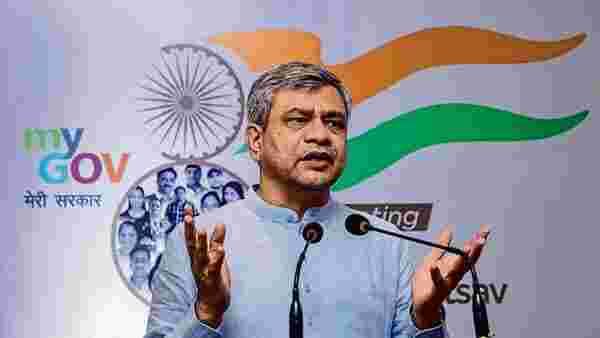
“India should be investing significantly more in railways. We must invest ₹3 trillion consistently to meet the aspirations of the people and lower logistics costs. If you look at competing economies, they invest around ₹9 trillion for the last 30 years," he added.
The Indian Railways saw 14% jump in capital expenditure to ₹2.45 trillion for 2022-23 from ₹2.15 trillion in the last fiscal. A higher capex push could help railways revamp operations. “The merger of rail and general budget was the right move and because of it average investments, which were at ₹40,000- 45,000 crore per annum, has gone up to ₹90,000 crore."
We increased the absorption capacity and the Prime Minister has given us capital investment of ₹1.37 trillion," he said.
Vaishnaw said the first train to run on hydrogen in India could be operationalized by 15 August 2023. Moreover, he said railways is doubling its new track-laying capacity from 4-5 km a day to 12 km.
The railways’ share in transport of goods has been falling since 1950s, and is the primary cause for logistics cost to be at elevated levels, he said. “After almost 70 years, share of railways has increased from 27% to 28%. It will go to 32% within a few years, which will reduce the cost of logistics."
India must shift from road transport to railways as it will help cut logistics costs. “So if we can increase railways’ share to 50% and decrease road’s share from 70% to 50%, our logistics cost will come down to just 11% of the economy," he added.
“I would like to thank the new government in Maharashtra. Immediately after taking over, they gave all permissions. Almost all tenders for the civil construction work have been floated."
The railways requires close to 160,000 wheels every year and has floated a 10-year tender for supply of forged wheels. “Wheels we make in India are for speeds below 120 kmph. We are moving above 120 kmph. Earlier these wheels were imported. We will start manufacturing them in India," Vaishnaw added.

